[press release] [click images for larger versions]
Canada Post Community Foundation ramps up 2021 campaign, rolls out grants to improve the lives of Canadian children
100 groups receive $1.2 million in funding as in-store campaign and new stamp launched to meet growing needs across the country
OTTAWA – As the Canada Post Community Foundation launches its 2021 fundraising campaign, 100 organizations across the country have been informed they will receive 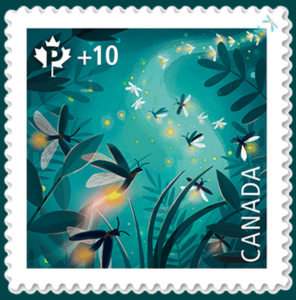 much-needed funding to support their efforts to improve the lives of Canadian children and youth.
much-needed funding to support their efforts to improve the lives of Canadian children and youth.
Support for grassroots organizations and Indigenous youth
A total of $1.2 million in grants has been awarded for this year. The recipients include grassroots organizations from every province and territory. Among this year’s grants, 17 – totalling approximately $270,000 – will go to programs that support Indigenous youth. Canada Post is committed to fostering reconciliation with Indigenous peoples, including through funding of community programs that support Indigenous children and youth. A list of all 2021 grant recipients can be found on the Canada Post Community Foundation website.
In-store campaign launched with special stamp to raise funds for next year
Faced with a growing number of applications each year, the Foundation raises money through customer donations in post offices, employee payroll deduction and sale of a special stamp issued annually. This year’s stamp, issued on September 20, will raise funds for distribution in 2022 and is available for purchase. Stamps can be purchased and donations made at local post offices, with funds going to organizations that operate in the province or territory in which they are raised.
$11 million for more than 1,000 initiatives since 2012
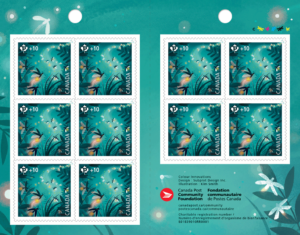 Established in 2012, the Foundation is a registered charity that operates at arm’s length from Canada Post. It has granted $11 million to more than 1,000 initiatives for children and youth nationwide, including literacy and language programs; youth outreach services; projects that support Indigenous youth; gender and sexual diversity programs; arts and recreation projects; special education programs; childhood health programs; anti-bullying initiatives; mentoring programs and many others.
Established in 2012, the Foundation is a registered charity that operates at arm’s length from Canada Post. It has granted $11 million to more than 1,000 initiatives for children and youth nationwide, including literacy and language programs; youth outreach services; projects that support Indigenous youth; gender and sexual diversity programs; arts and recreation projects; special education programs; childhood health programs; anti-bullying initiatives; mentoring programs and many others.
About the stamp issue
The 2021 stamp for the Canada Post Community Foundation, designed by Kim Smith of Subplot Design Inc., features an illustration of fireflies in the night sky. The luminous glow of the fireflies is a reminder of the light that shines within each of us. We all have the power to make the world a little brighter for others – especially children and youth. This design was selected by Canada Post frontline retail employees. The stamp is available at Canada Post outlets across the country and online at canadapost.ca/shop.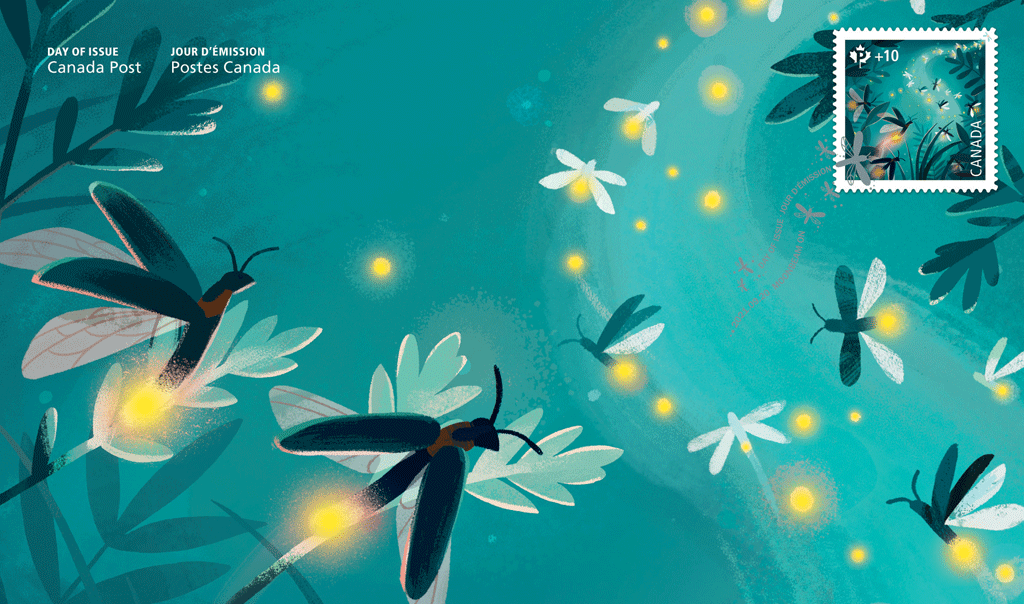
About the Foundation
The Canada Post Community Foundation provides grants to Canadian schools, charities and organizations in an effort to make a difference in the lives of children across the country. It supports the small, underfunded projects that often go unnoticed, from coast to coast to coast. Through its grassroots, community-based approach, the Foundation plays a critical role in helping Canada Post achieve its purpose, A Stronger Canada – Delivered.
To donate to the Canada Post Community Foundation, purchase a booklet of stamps at a local post office or visit canadapost.ca/community.
[en Francais pour les médias d’information]
La Fondation communautaire de Postes Canada lance sa campagne de 2021 et verse des subventions pour améliorer la vie des enfants canadiens
Cent organismes reçoivent 1,2 million de dollars en subventions alors que la Fondation lance sa campagne en magasin et son nouveau timbre pour répondre à des besoins grandissants au pays
OTTAWA – À l’occasion du lancement de la campagne de financement de 2021 de la Fondation communautaire de Postes Canada, 100 organismes d’un bout à l’autre du pays  ont été informés du versement prochain et tant attendu d’une subvention qui les aidera à améliorer la vie d’enfants et de jeunes canadiens.
ont été informés du versement prochain et tant attendu d’une subvention qui les aidera à améliorer la vie d’enfants et de jeunes canadiens.
Soutien pour les organismes communautaires et les jeunes Autochtones
On compte parmi les bénéficiaires des organismes communautaires de chaque province et territoire. Dix-sept des subventions, soit environ 270 000 $, sont octroyées à des programmes qui soutiennent les jeunes Autochtones. Postes Canada est déterminée à favoriser la réconciliation avec les peuples autochtones, notamment en finançant des programmes communautaires qui aident les enfants et les jeunes Autochtones. La liste de tous les bénéficiaires d’une subvention de 2021 se trouve sur le site Web de la Fondation communautaire de Postes Canada.
Lancement de la campagne en magasin et d’un timbre spécial pour la collecte de fonds des subventions de 2022
Le nombre de demandes de subvention augmente chaque année. La Fondation amasse des fonds à l’aide de dons de clients dans les bureaux de poste, du programme de retenues à la source des employés et de la vente d’un timbre spécial émis tous les ans. Le timbre de cette année, qui a été lancé le 20 septembre pour amasser des fonds pour les subventions de 2022, est maintenant en vente. Les timbres sont vendus et les dons sont recueillis dans les bureaux de poste locaux. Les fonds sont versés aux organismes dans la province ou le territoire où ils ont été recueillis.
Onze millions de dollars pour plus de 1000 initiatives depuis 2012
Créée en 2012, la Fondation communautaire de Postes Canada est un organisme de  bienfaisance enregistré qui est exploité indépendamment de Postes Canada. La Fondation a distribué 11 millions de dollars en subventions pour plus de 1 000 initiatives pour enfants et jeunes à l’échelle du pays, y compris des programmes d’alphabétisation et de langue, de mentorat, d’éducation spécialisée et de santé visant les enfants, des services d’aide pour les jeunes, des projets qui soutiennent les jeunes Autochtones, des programmes sur la diversité de genre et sexuelle, des projets artistiques et récréatifs, des initiatives contre l’intimidation, etc.
bienfaisance enregistré qui est exploité indépendamment de Postes Canada. La Fondation a distribué 11 millions de dollars en subventions pour plus de 1 000 initiatives pour enfants et jeunes à l’échelle du pays, y compris des programmes d’alphabétisation et de langue, de mentorat, d’éducation spécialisée et de santé visant les enfants, des services d’aide pour les jeunes, des projets qui soutiennent les jeunes Autochtones, des programmes sur la diversité de genre et sexuelle, des projets artistiques et récréatifs, des initiatives contre l’intimidation, etc.
À propos du timbre
Le timbre de 2021 pour la Fondation communautaire de Postes Canada, conçu par Kim Smith de Subplot Design Inc., est une illustration de lucioles qui scintillent dans la nuit. Les lucioles scintillantes rappellent la lumière qui brille en chacun de nous. Nous pouvons tous illuminer la vie d’autrui, surtout celle des enfants et des jeunes. L’image a été choisie par les employés de vente au détail de Postes Canada. La vignette est offerte dans tous les comptoirs postaux de Postes Canada et en ligne à postescanada.ca/achat.
À propos de la Fondation
La Fondation communautaire de Postes Canada verse des subventions à des écoles, des œuvres de bienfaisance et des organismes du Canada dans le but d’améliorer le sort des enfants partout au pays. Elle soutient d’un océan à l’autre les petits projets sous-financés qui passent souvent inaperçus. Grâce à son approche communautaire, la Fondation contribue à ce que Postes Canada réalise sa raison d’être, celle d’être porteurs d’un Canada plus fort.
Pour faire un don à la Fondation communautaire de Postes Canada, achetez un carnet de timbres à votre bureau de poste local ou visitez postescanada.ca/communautaire.








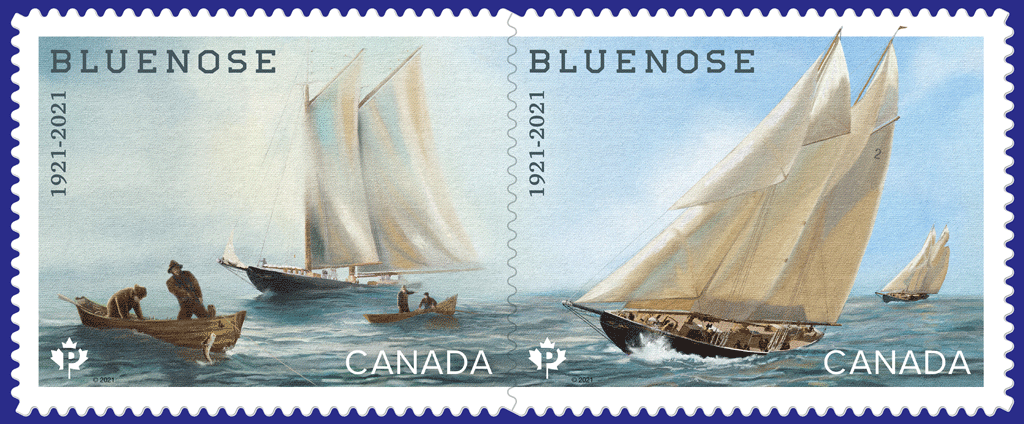
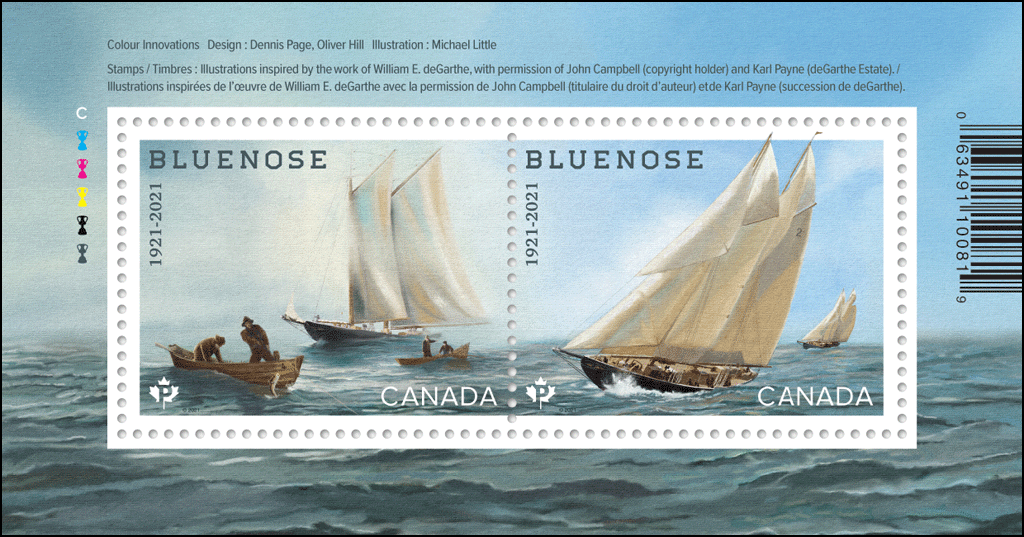
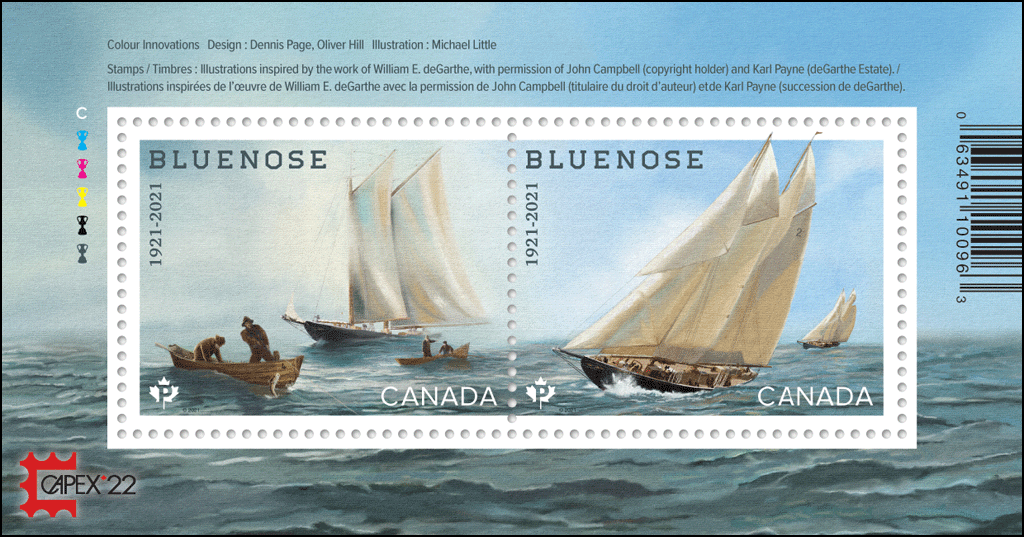
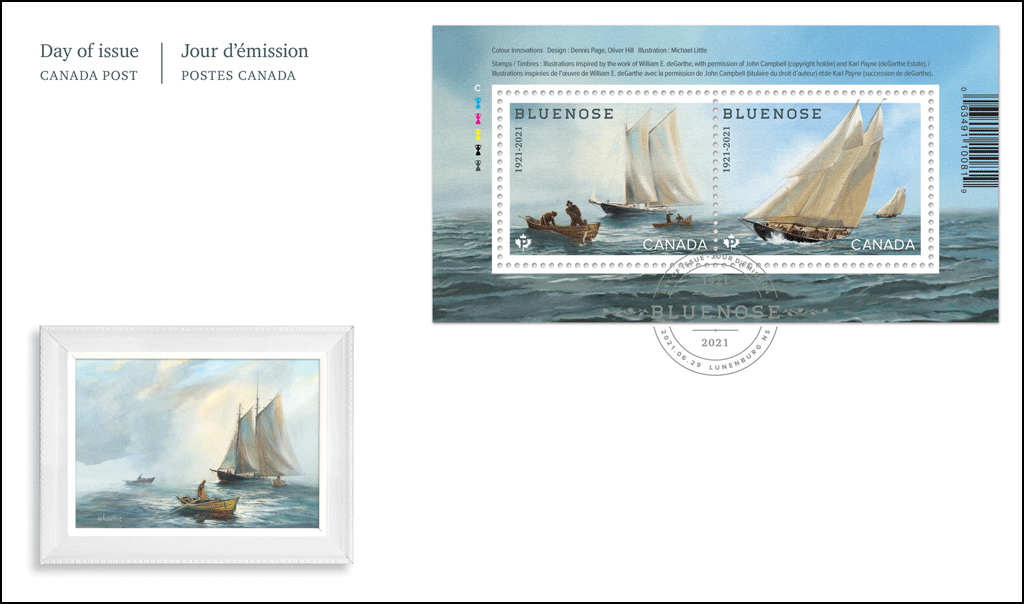
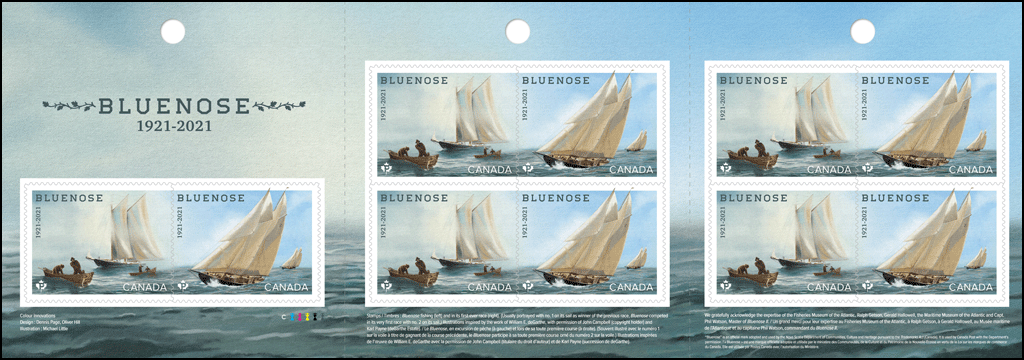
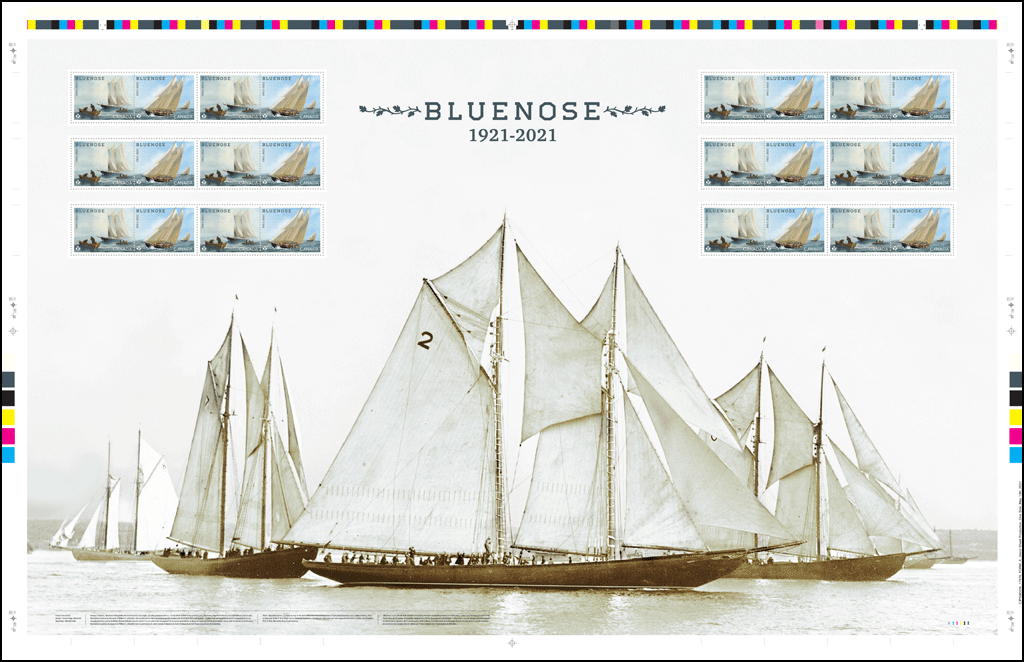
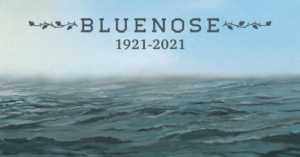





















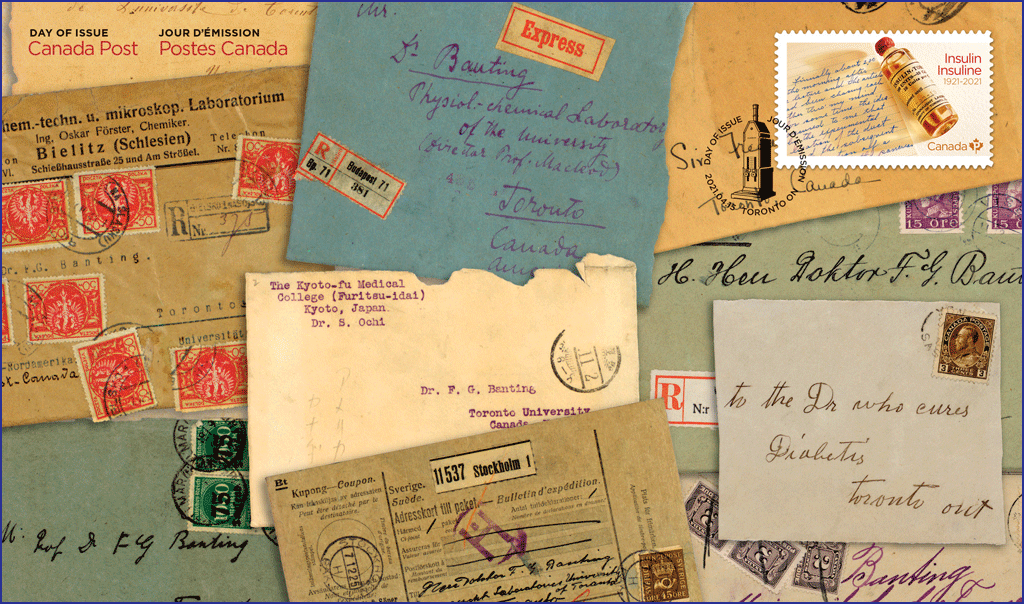

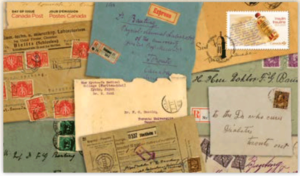






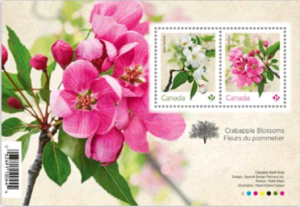 The pretty bright-pink flower of Malus ‘Rosseau’ was introduced in 1928 by the Central Experimental Farm’s pioneering ornamental plant breeder, Isabella Preston. The delicate white bloom of Malus ‘Maybride’ is a dwarf cultivar bred by Preston’s successors, Daniel Foster Cameron and Dexter Reid Sampson.
The pretty bright-pink flower of Malus ‘Rosseau’ was introduced in 1928 by the Central Experimental Farm’s pioneering ornamental plant breeder, Isabella Preston. The delicate white bloom of Malus ‘Maybride’ is a dwarf cultivar bred by Preston’s successors, Daniel Foster Cameron and Dexter Reid Sampson. fruit. Serious foodies also note that crabapple wood is excellent for smoking meats and cheeses.
fruit. Serious foodies also note that crabapple wood is excellent for smoking meats and cheeses.
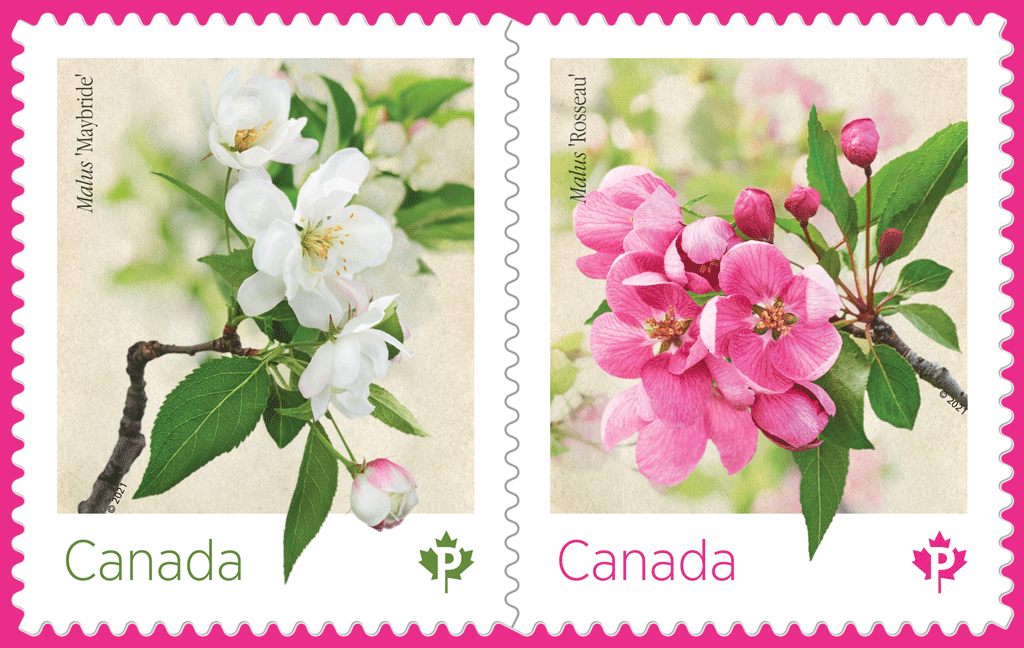

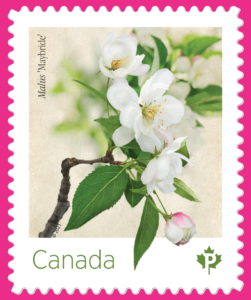


 because their otherwise dark coats turn white in winter.
because their otherwise dark coats turn white in winter.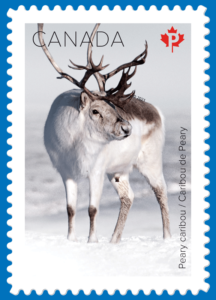 snowshoe hare and northern collared lemming (dietary staples of many carnivores) and Peary caribou try to blend into the background to escape detection.
snowshoe hare and northern collared lemming (dietary staples of many carnivores) and Peary caribou try to blend into the background to escape detection. Mathilde Poirier the northern collared lemming; and Paul Loewen the Peary caribou.
Mathilde Poirier the northern collared lemming; and Paul Loewen the Peary caribou.
 Les timbres consacrés aux mammifères des neiges mettent en vedette cinq animaux du Canada qui ont la capacité unique de s’adapter à nos hivers en changeant la couleur de leur pelage au gré des saisons.
Les timbres consacrés aux mammifères des neiges mettent en vedette cinq animaux du Canada qui ont la capacité unique de s’adapter à nos hivers en changeant la couleur de leur pelage au gré des saisons. Ces 5 animaux sont au nombre des 19 espèces de mammifères dans le monde, dont 12 au Canada, qui changent de couleur grâce à un processus physiologique complexe influencé par une sensibilité à la durée du jour. Leur pelage commence graduellement à blanchir après la première neige. Ce processus s’inverse au printemps.
Ces 5 animaux sont au nombre des 19 espèces de mammifères dans le monde, dont 12 au Canada, qui changent de couleur grâce à un processus physiologique complexe influencé par une sensibilité à la durée du jour. Leur pelage commence graduellement à blanchir après la première neige. Ce processus s’inverse au printemps. Dans le coin inférieur gauche de chaque vignette se cachent les traces laissées par l’animal dans la nouvelle neige, visibles seulement sous une lumière ultraviolette (lumière noire).
Dans le coin inférieur gauche de chaque vignette se cachent les traces laissées par l’animal dans la nouvelle neige, visibles seulement sous une lumière ultraviolette (lumière noire).



